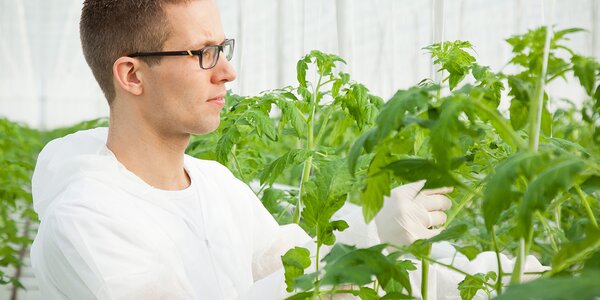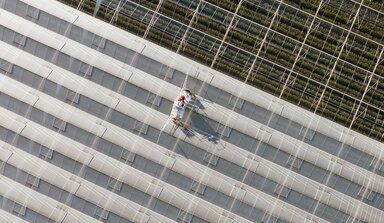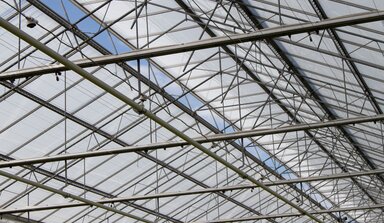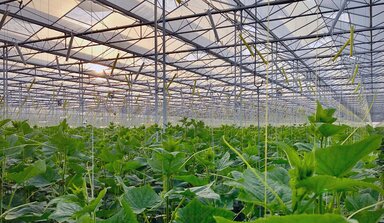Coatings: what do they bring?
Investing in a coating boosts yield and improves product quality. The actual return on investment depends on the conditions. Willem Valstar from StarGrow Consultancy helps tomato growers find the most economically profitable approach.
Valstar mainly advises growers in the Netherlands, Belgium and the United Kingdom, and previously also in Eastern Europe. Using a calculation model, he systematically develops his advice, in consultation with the owner. ‘We design the ideal crop plan based on the available technology, varieties and local climate conditions,’ he explains. Controlling the light plays an important role here: using grow lights, coatings and shade curtains. ‘The expanding range of coatings increases the options. We can now also increase the light in winter by improving the light incidence.’ Valstar already has a client using AntiCondens. ‘In his situation, this was a real must. You could always see huge condensation droplets and these reduce the light incidence. AntiCondens has greatly improved things for this client. Another client is trialling AntiReflect. We’re still awaiting the results of this,’ he says.

Willem Valstar
Calculation
In all cases, the key issue is whether investing in a coating will bring sufficient returns. ‘To answer that question, we make a simple calculation. That makes everything much clearer,’ he explains. The outcome of such a calculation is extremely positive in a continental climate, such as in Central and Eastern Europe. ‘For example, many pink beef tomatoes are grown in Poland. If it’s too hot, they suffer from blossom-end rot and green shoulder - the top of the fruit does not ripen properly,’ he says. Such problems result in the disposal of 1 to 2 kilos of tomatoes per square metre annually. ‘ReduFuse IR prevents these quality problems, resulting in an additional 1 to 2 kilos for a standard summer price in Poland of 75 euro cents. The coating itself costs 0.10-0.15 euro cents per square metre plus the cost of applying it. The total costs amount to less than half of those 75 euro cents. So if you harvest just 1 kilo more, it’s already profitable,’ he explains.
Production increase
There are even more advantages, however. When the temperature stays lower in the greenhouse, the growers do not need to ventilate as much. This makes it easier to retain humidity and CO2 levels. ‘All in all, this results in an additional half a kilo of extra production,’ he estimates. Such calculations can also be made for the United Kingdom where the climate is cooler and the varieties grown by growers are less vulnerable to quality issues. ‘But the advantages of lower plant temperature, higher humidity and higher CO2 levels in the summer apply here too. This results in higher production - 1-2% is very common - and that combined with improved quality,’ the advisor explains.
Shift in coating preferences
Valstar has seen a shift in the use of coatings in Western Europe in recent years. ReduSol was frequently used for the artificially lighted tomato crop (planting date May to August) to protect the young plants from light and heat in the summer. ‘Now you see more ReduFuse and ReduFuse IR. This gives the young plants more but diffuse light. If the light level still gets too high, growers will close the moveable shading during these peak times. It’s a more tailor-made approach.’ Growers previously did not use coatings for the traditional planting date (December), but due to the hot summers in recent years, diffuse coatings are clearly on the rise for tomato crops.


